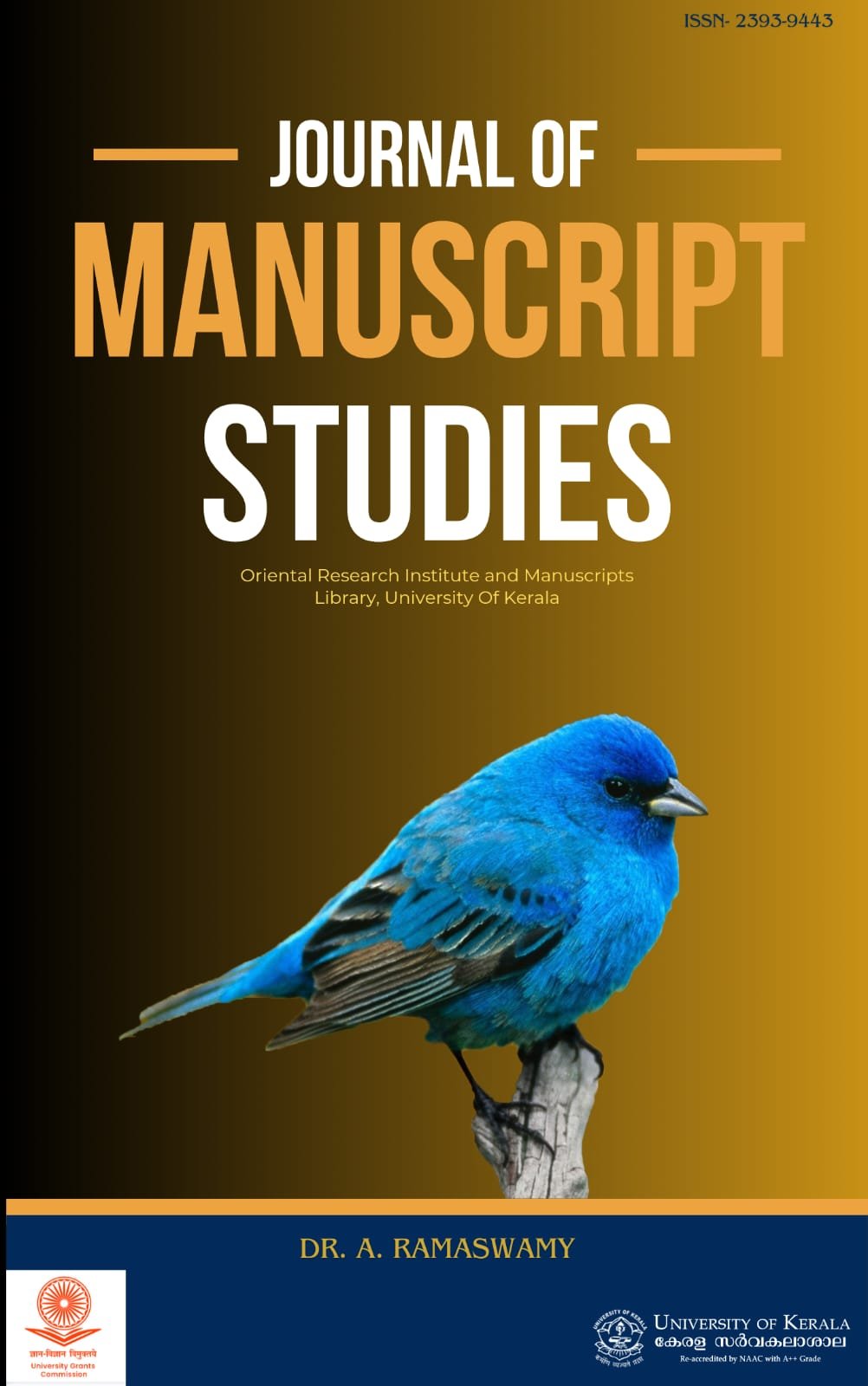Determination of the appropriate level of salinity for screening of hydroponically grown rice for salt tolerance
Keywords:
At354, Pokkali, rice, salt-stress, two-phase modelAbstract
Development of salt tolerant rice varieties has become
an urgent priority because of the increase of salinity in rice lands.
The objectives of the present experiment were to determine: (a)
the appropriate level of salt stress to be imposed for screening rice
varieties grown in hydroponics for salt tolerance at Phase I
(osmotic stress) and at Phase II (salt ion toxicity) of salt stress
development; (b) the point of transition from Phase I to II and (c)
the degree of salt tolerance in the Sri Lankan improved rice
variety At354 in comparison to the known salt-tolerant rice
variety, Pokkali. Seedlings of the two varieties were grown in a
plant house in nutrient solutions in a range of salt concentrations,
i.e. 1 (Control), 20, 40, 60, 80, 100, 120 and 150 mM NaCl. Area
of the youngest fully-expanded leaf at salt stress commencement
and at 2-7 day intervals was measured non-destructively. The total
plant biomass was measured after 30 days of salt stress. Based on
the time courses of relative area of the youngest fully-expanded
leaf RLA (i.e. area of the leaf under salt stress as a proportion of
that in the control), 100 mM Na+ was determined as the optimum
salinity level for varietal screening. At 100 mM Na+, the two
phases could be identified clearly, with Phase I (from 0 to 10 days after reaching 100 mM Na+)
showing a significantly lower rate of
reduction of RLA than Phase II (starting after 10 days). The Sri
Lankan improved rice variety At354 showed lower rates of
reduction of relative plant biomass and RLA and a slower rate of
Na+ accumulation in the shoot in comparison to Pokkali with
increasing salt stress, demonstrating its greater salt tolerance than
that of Pokkali.

Downloads
Published
Issue
Section
License

This work is licensed under a Creative Commons Attribution-NonCommercial-NoDerivatives 4.0 International License.













